Fiber optic cable constructions are available in two main types: loose tube and tight buffered cable. Both cables contain a dielectric strength member and dielectric central member, but each is designed for very different environments. This article will discuss the differences between loose tube and tight buffered cables.
Loose Tube Cable vs.Tight Buffered Cable
Both loose tube and tight buffered are fiber optic cables consisting of multiple fiber counters. However, they differ from each other. Let's take look at the main differences between them.
Construction
Loose tube cable construction uses 250μm fiber core ,and installed in bundles within a semi-rigid protective tube or sleeve. One to 12 fibers are placed in individual, water-blocked buffer tubes to isolate them from external forces and are typically stranded around a fiberglass central strength.
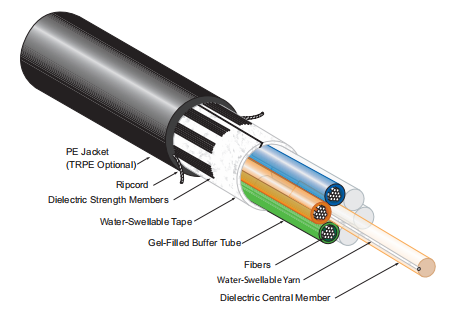
Tight buffered cable construction uses 900μm buffered fiber surrounded by water-resistant, dielectric strength member, and protected by a flexible flame-retardant outer jacket (or a rugged polyurethane outer jacket), and provides superior environmental and mechanical protection. The fiber count for tight-buffered fiber cable varies from 1 to 144 fibers, but generally cables with 2, 6, 12, 24 fibers are the most commonly used. Larger fiber counts such as 48 fibers, 96 fibers and 144 fibers are also available for specific applications.
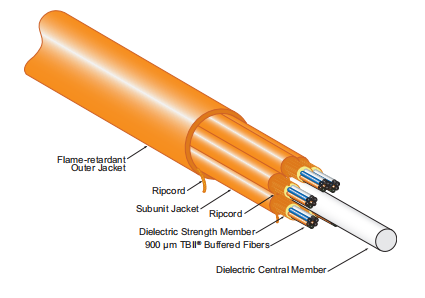
Both cables contain dielectric strength member,and dielectric central member, but each is designed for very different environments.
Protection
Loose tube cable has a water-resistant gel surrounding the fibers. This gel helps protect the fibers from moisture, making the cable ideal for harsh, high-humidity environments where water or condensation can be a problem. The gel-filled tubes can expand and contract with temperature changes, too.
The tight-buffered cable core is protected by a two-layer coating (plastic and waterproof acrylate). The acrylate coating keeps moisture away from the cable, and the acrylate layer is bound tightly to the plastic fiber layer, so the core of the cable is never at risk of exposure, when the cable is bent or compressed underwater.
Applications
Loose tube cable is used for outside-plant installation in the aerial, duct, and direct-buried applications, local area networks (LAN), metropolitan area networks (MAN), wide area networks (WAN), long-haul and broadband networks, telecommunications, campus backbone, shorter runs, data center, CATV, broadcast, computer network systems, subscriber network systems, and 10, 40, 100Gbps ethernet.
Tight buffered cable is used in intra-building, data centers, backbones, horizontal, patch cords, equipment cables, LAN, WAN, Storage area network (SAN), long indoor runs, direct burial, underwater, indoor, and indoor/outdoor applications.
Advantages
Tight buffered cable is more expensive than loose tube cable, because it uses more materials in the cable construction, and holds fewer fibers versus loose-tube cable, using a similar diameter due to the difference between the 900μm fiber and the 250μm fiber. In addition, the tight buffered cable is easy to install than the loose tube cable, because there is no gel to clean up, and it does not require a fan-out kit for splicing or termination.
Conclusion
Loose tube cable provides stable and highly reliable optical transmission performance over a wide temperature range, the best protection for the fibers under high pulling tensions, and can be easily protected from moisture with water-blocking gel. Tight buffered cable provides highly reliable, versatility, and flexibility, is smaller in size, and is easy to install. Sun Telecom provides all loose tube and tight buffered cable products and solutions to the global market.


 Position :
Home>
News & Tutorial
>Products
Position :
Home>
News & Tutorial
>Products
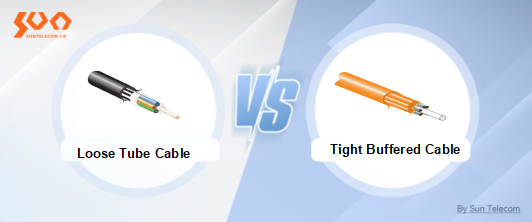


 Position :
Home
>Products
Position :
Home
>Products
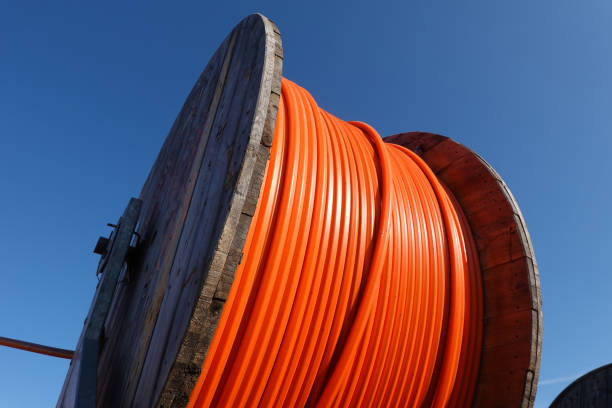

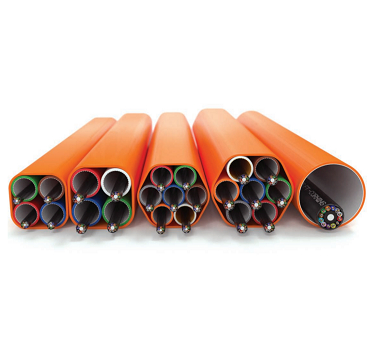

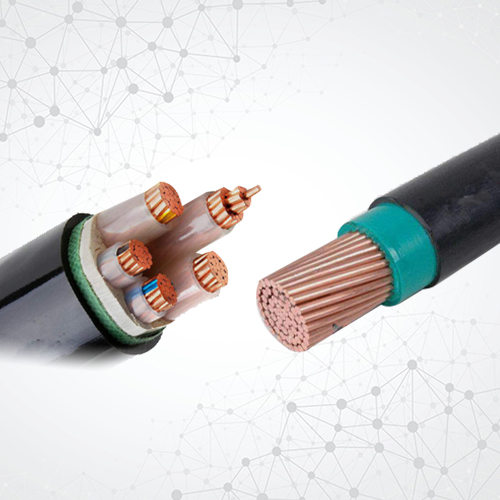
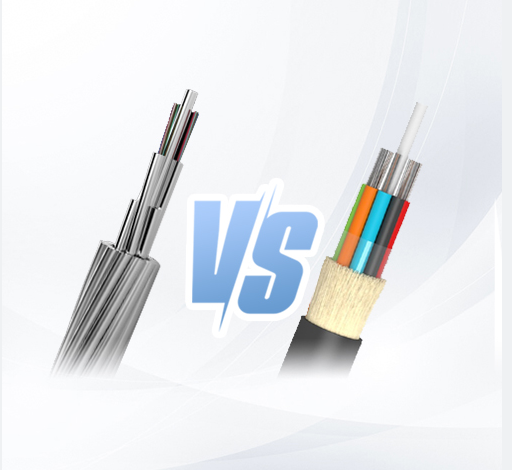
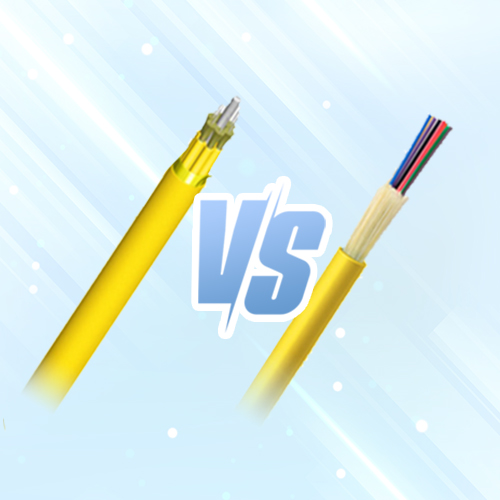
 ics@suntelecom.cn
ics@suntelecom.cn  +86 18964888554
+86 18964888554 Building No.145, Lane 666 Xianing Road, Jinshan Industrial Zone, Shanghai 201506, China
Building No.145, Lane 666 Xianing Road, Jinshan Industrial Zone, Shanghai 201506, China